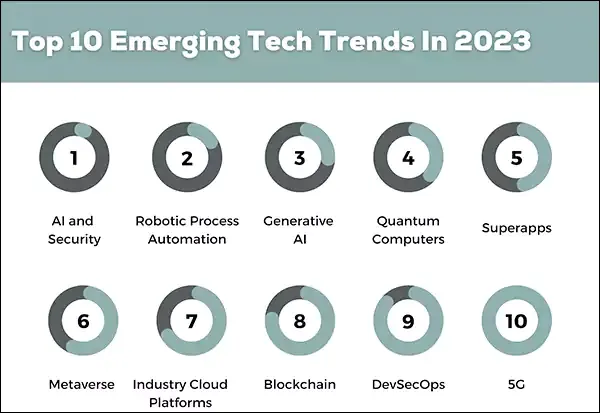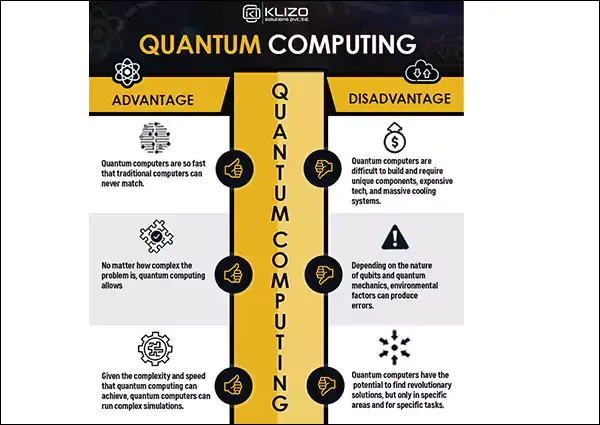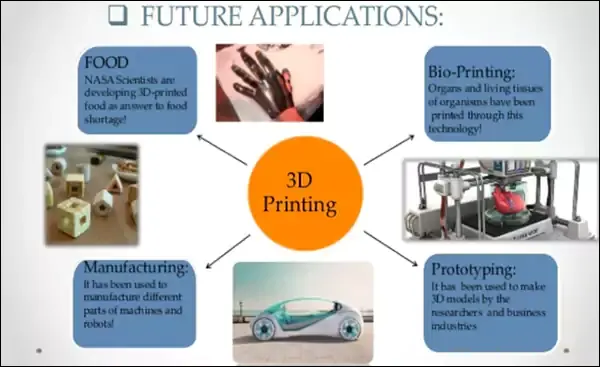KEY TAKEAWAYS
- Tech trends that create art dominate the virtual space like AI in ChatGPT, Augmented Reality, and IoT.
- It has become convenient to collect accurate data that is used in different industries like medicine and transportation.
- The demand to counter cybersecurity issues is immediate for better vigilance and maintenance.
Even the oldest among us are no strangers to rapid technological evolution. Still, what’s going on today is like nothing humanity has experienced. Countless ground-breaking developments are coming together to reshape our world, seemingly from the bottom up.
Some are bound to join NFTs after a brief success. Others will shape your job prospects, worldviews, and even reality itself sooner than you think!
Here are the ten most impactful ones to look out for.

While it’s still in the developmental stage for decades, AI burst into the public eye in 2023, with ChatGPT gaining popularity as a free-to-access tool.
Its generative capabilities are already powerful, allowing anyone to create art, write persuasively, or organise their lives. That’s barely scratching the surface of AI’s transformative potential, though.
AI & ML are at the core of many immediate and long-term developments. They fuel everything from accurate medical diagnoses through the automation of manufacturing & logistics to creating personalised shopping experiences.
Virtual and Augmented Reality are already seeing limited use today. However, the trend of creating shared virtual spaces and experiences within them will make the technologies extra appealing. We’ve already seen how AR games like Pokémon Go positively impacted millions of players. Also, AR experiences will become elaborate.
The same is true for VR. Headset adoption will shift from passionate gamers to the general public as quality improves and prices decrease. This also means widespread use.
For example, workers could receive job training in safe virtual environments. Some stores are already including AR and VR as a means of helping their customers visualise their new wardrobe or changes to their living space.
Smart thermostats and assistants have been out for years, so IoT isn’t a new idea. However, advanced communication technologies such as 5G will grow connections to the internet and each other.
With enough time, IoT could become the core driving force behind smart living spaces, factories, and even cities.
Collectively, we’ve generated around 90 zettabytes (90 million terabytes) of data in 2022, with projected increases of 33% for 2023 and 100% for 2025.
Developing ways of adequately storing, protecting, and analysing such data is a key consideration for our technological future.
AI heavily depends on relevant and accurate data sets to develop correctly. Data is also invaluable for finance, research, medicine, commerce, and countless other fields.

Moore’s law might not be as alive and trendy as it was in the 90s. Yet, classic computing is still experiencing uninterrupted growth throughout generations. Processors are becoming extra powerful and are built on consistently smaller scales.
As semiconductors become exceedingly integral to our defence, advancement, and everyday lives, securing independent means of manufacturing will also shape policies and job markets worldwide.
Quantum computing is in its early stages but promises an ideal shift in computing once it becomes accessible. Reliance on phenomena like Superposition lets quantum computers handle complex calculations that traditional ones would find impossible.
Rather than replace traditional computers, quantum will work with them to exponentially increase our current processing means.
All the trends we’ve listed so far will impact online safety. Hackers with access to them will surely devise extremely dangerous threats. Cybersecurity will have to adapt to the challenge.
Solutions like VPNs are still an effective means of maintaining interconnective security and protecting your online activity from outside threats. Such tools help hide your IP address, providing you with a secure connection from hackers.
However, the adoption of Zero Trust policies will gain widespread importance in the future. Cybersecurity specialists will need to create effective means of countering AI’s adaptability or quantum computing to unravel complex encryption.
Cryptocurrencies come to mind when discussing blockchain. They’re just one of its many applications. The decentralised, non-destructive ledger approach at the heart of blockchain empowers data security and transparency.
The technology is bound to see widespread use outside its financial roots. Governments can use it to prevent voter fraud. Medical institutions can keep patient records in ledger form and not worry about unauthorised access or tampering.
DO YOU KNOW
Many major digital currency brands have been among the first ones to look for ways to reduce their environmental impact. And, in 2022, thanks to the Merge upgrade, Ethereum has been able to reduce its emissions by a staggering 99.9%.
Tackling the damaging state of our planet is continuously becoming a global priority. Technologies that let us trap CO2 emissions, produce extra drinking water or break down harmful compounds are all experiencing promising development.
Sustainable energy sources are also improving. While not a fact yet, nuclear fusion is no longer a subject of science fiction.
Once there’s enough renewable energy to spare, we can also set our sights on creating cost-effective hydrogen and transforming the fuel economy.

We already feel 3D printing’s disturbing impact on manufacturing, and it’s poised to grow tenfold by the end of the decade. On the one hand, more substances are continuously becoming viable as printing materials.
Also, scaling the printer lets us build anything from unique miniatures to the building blocks for future homes and factories.
We’re witnesses to the most significant developments that the automotive industry has experienced since its beginnings. Electric vehicles are a minority now but are projected to grow in adoption exponentially throughout the decade.
AI has many years to go before self-driving vehicles become a reality, but it’s only a matter of time and not an impossibility anymore.
While not so popular, developments in aviation will also see future civilian aircraft become safer and more fuel-efficient.
